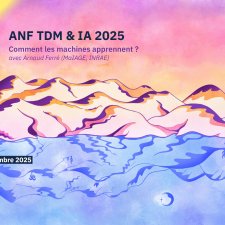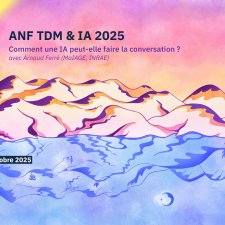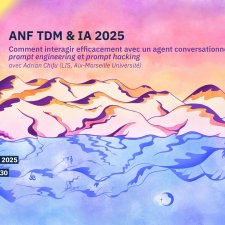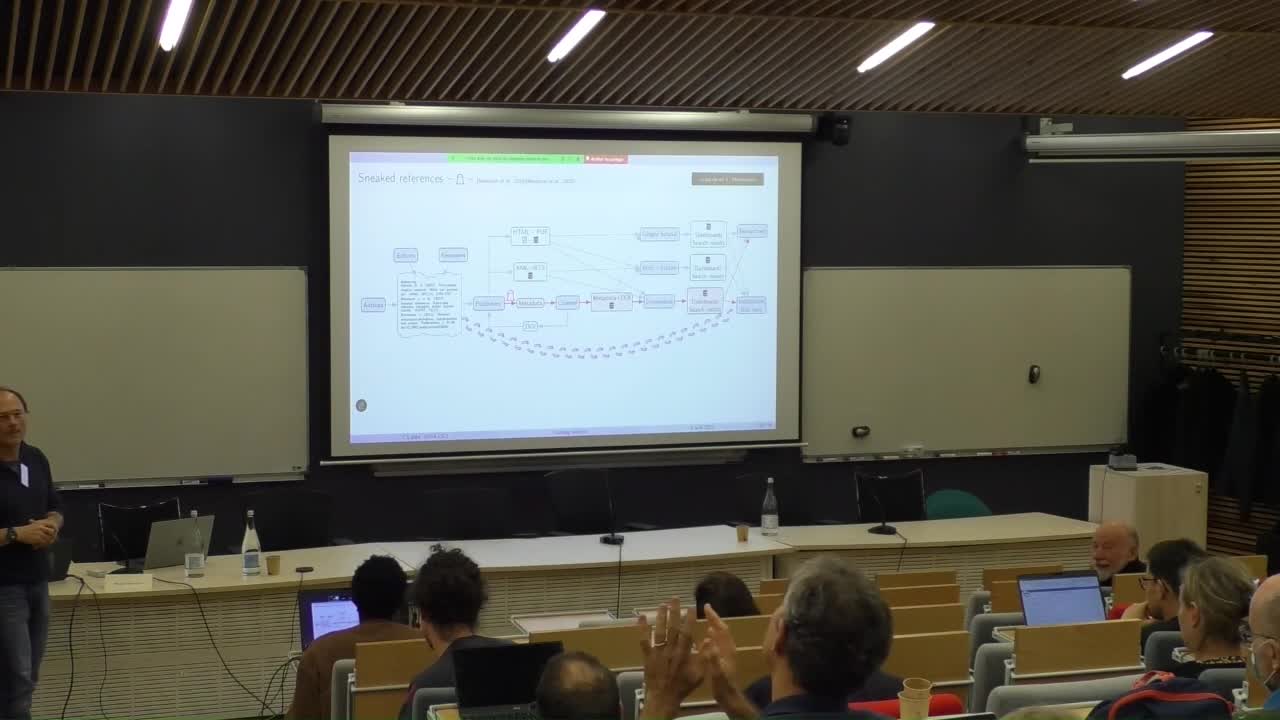Notice
Computational reproductibility: an overview illustrated with examples from the medical imaging research community
- document 1 document 2 document 3
- niveau 1 niveau 2 niveau 3
Descriptif
In the last few years, there has been a growing awareness of reproducibility concerns in many scientific fields. In [1] the analysis of a single neuroimaging dataset by 70 independent analysis teams revealed substantial variability in reported results, with high levels of disagreement across teams. Despite the increase in awareness, reproducibility is difficult to achieve because of the multiple sources of variability, from the computational environment and software versions, to the tool selection and the more global methodological approach.
This presentation will introduce various concepts and definitions related to reproducibility, then focus on computational reproducibility defined as one's ability to get identical outputs when applying the same treatments to the same set of inputs. The causes for the lack of reproducibility on the computational environment level are mainly related to the library dependencies and their evolution over time, but also to numerical instability due to floating point arithmetic issues (rounding errors, hardware and compiler optimizations). We will illustrate these sources of irreproducibility through concrete examples ranging from papers to data and different levels of code. We will also present some tools and best practices to improve computational reproducibility. The presentation will be based on experience gained within the ReproVIP ANR project [2] and the tutorial organized at MICCAI 2023 [3].
[1] Variability in the analysis of a single neuroimaging dataset by many teams, R Botvinik-Nezer et al., https://doi.org/10.1101/843193
[2] https://www.creatis.insa-lyon.fr/reprovip/
[3] https://www.creatis.insa-lyon.fr/miccai2023/
[4] Reproducibility of tumor segmentation outcomes with a deep learning model, M Des Ligneris et al., https://hal.science/hal-04006057v1
Intervention / Responsable scientifique
Sur le même thème
-
Le projet SPARS : analyser pour comprendre la chirurgie
JanninPierrePierre Jannin, directeur de recherche Inserm, nous parle du projet SPARS, un projet dont l'objectif est de développer des méthodes d'analyse de données pour mieux comprendre la chirurgie.
-
Comment les machines apprennent ?
FerréArnaudANF TDM & IA 2025 | Comment les machines apprennent ? avec Arnaud Ferré (MaIAGE, INRAE)
-
Comment une IA peut-elle faire la conversation ?
FerréArnaudANF TDM & IA 2025 | Comment une IA peut-elle faire la conversation ? avec Arnaud Ferré (MaIAGE, INRAE)
-
Panorama des outils propriétaires et open source
ChifuAdrian-GabrielANF TDM & IA 2025 | Panorama des outils propriétaires et open source avec Adrian Chifu (LIS, Aix-Marseille Université)
-
Interagir efficacement avec un agent conversationnel
ChifuAdrian-GabrielANF TDM & IA 2025 | Comment interagir efficacement avec un agent conversationnel : prompt engineering et prompt hacking avec Adrian Chifu (LIS, Aix-Marseille Université)
-
Les modèles de langue : usages et enjeux sociétaux
GuigueVincentANF TDM & IA 2025 | Les modèles de langue : usages et enjeux sociétaux avec Vincent Guigue (MIA, AgroParisTech)
-
Déploiement d'IA sécurisées en local appliqué aux données sensibles et open source
SanjuanEricANF TDM & IA 2025 | Retour d’expérience sur le déploiement d'IA sécurisées en local (processus ETLs) appliqué aux données sensibles (santé) et open source (OpenAlex) avec Éric SanJuan (LIA, Avignon
-
Interroger ses documents avec des grands modèles de langage : méthode RAG
PoulainPierreANF TDM & IA 2025 | Interroger ses documents avec des grands modèles de langage : découverte de la méthode RAG avec Pierre Poulain (Laboratoire de Biochimie Théorique, Université Paris Cité)
-
Extraire de l'information dans la littérature scientifique avec TDM Factory
AnkiLucasANF TDM & IA 2025 | TDM Factory, une interface clé en main pour extraire de l'information dans la littérature scientifique avec de l’intelligence artificielle avec Lucas Anki (Inist-CNRS) et Léo
-
Fouille de textes et IA : enjeux juridiques et réglementaires
MaurelLionelANF TDM & IA 2025 | Fouille de textes et IA : enjeux juridiques et réglementaires avec Lionel Maurel (DDOR CNRS)
-
7-Mathdoc : 30 années au service de la communauté mathématique
ThouveninNicolasLabbéCyrilStérinAnne-LaureMathdoc : 30 années au service de la communauté mathématique. Risques et opportunités de l’édition en libre accès, l’encadrement de l’usage de l’IA
-
6-Mathdoc : 30 années au service de la communauté mathématique
Nuccio Mortarino Majno Di CapriglioFilippo Alberto EdoardoBeffaraVincentBourguetDenisLarrieuMaxenceTournoyRaphaëlMathdoc : 30 années au service de la communauté mathématique. La diversification pour se prémunir de la défaillance d’un financeur












